The Calvus Cichlid, also known as Altolamprologus calvus, is a fascinating and popular species of cichlid fish that originates from the rocky coastal regions of Lake Tanganyika in East Africa. These fish are admired for their unique appearance, complex social behavior, and interesting breeding habits. In this article, we will take a closer look at the Calvus Cichlid and provide some tips on how to care for these amazing fish.
Appearance
The Calvus Cichlid is a relatively small species, growing up to around 4-5 inches in length. They have a distinctive body shape, with a flattened head, elongated body, and long fins that extend from their dorsal and anal fins. Calvus Cichlids are primarily black or brown in color, with a speckled or mottled pattern that varies in intensity depending on their mood and environment.
Behavior
Calvus Cichlids are known for their complex social behavior and hierarchy, which can be challenging to replicate in an aquarium setting. They are highly territorial and will defend their chosen area fiercely, often engaging in aggressive behavior towards other fish, particularly other cichlids. In their natural habitat, Calvus Cichlids are bottom-dwelling fish that spend most of their time hiding in rocky crevices or burrowing in the sand.
Care
Calvus Cichlids require a minimum tank size of 30 gallons, with plenty of hiding places and rocky areas to replicate their natural habitat. They prefer water temperatures between 75 and 80 degrees Fahrenheit, with a pH between 7.8 and 9.0. It’s important to provide a sandy substrate and plenty of caves and crevices for these fish to explore and hide in.
Calvus Cichlids are primarily carnivorous and should be fed a varied diet of high-quality pellets, flakes, and frozen or live foods such as brine shrimp or bloodworms. It’s important to avoid overfeeding, as these fish can be prone to obesity and other health issues.
Breeding
Breeding Calvus Cichlids can be a challenging task, as they are known for their complex social behavior and territoriality. It’s recommended to keep a group of juvenile fish together and allow them to form pairs as they mature. Once a pair has formed, they can be moved to a separate breeding tank with a sandy substrate and plenty of hiding places.
Calvus Cichlids are known to be cave spawners, meaning that they will lay their eggs in a small cave or crevice. Once the eggs have been fertilized, the female will guard the nest while the male guards the surrounding area. Once the fry have hatched, they can be fed newly hatched brine shrimp or finely ground flakes.
Conclusion
In summary, the Calvus Cichlid is a fascinating and unique species that requires specific care and attention. While they may be challenging to breed and maintain, their unique appearance and complex social behavior make them a rewarding addition to any cichlid enthusiast’s aquarium. With proper care and attention, these fish can live for up to 10 years in captivity, providing years of enjoyment and entertainment.
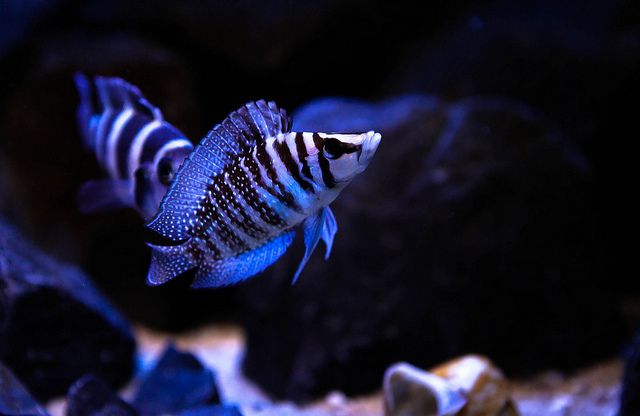
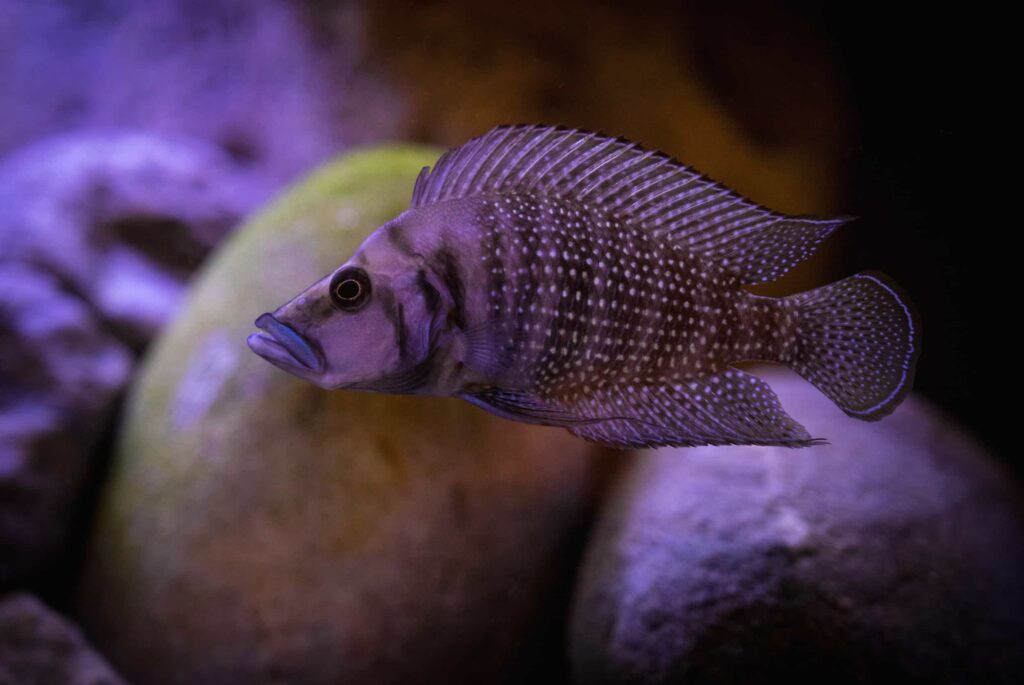
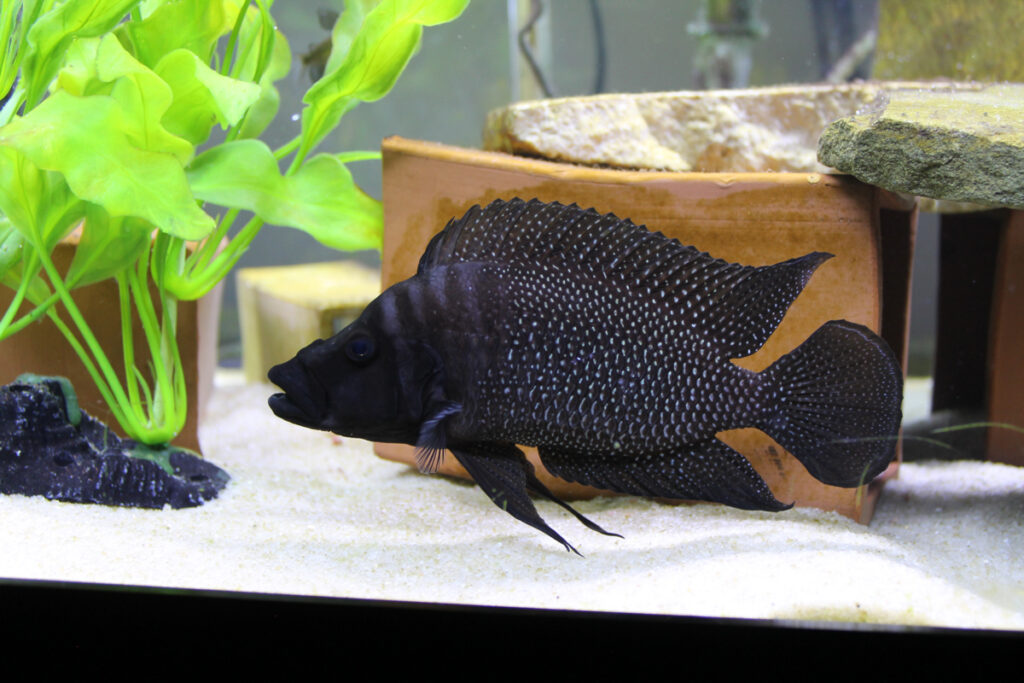

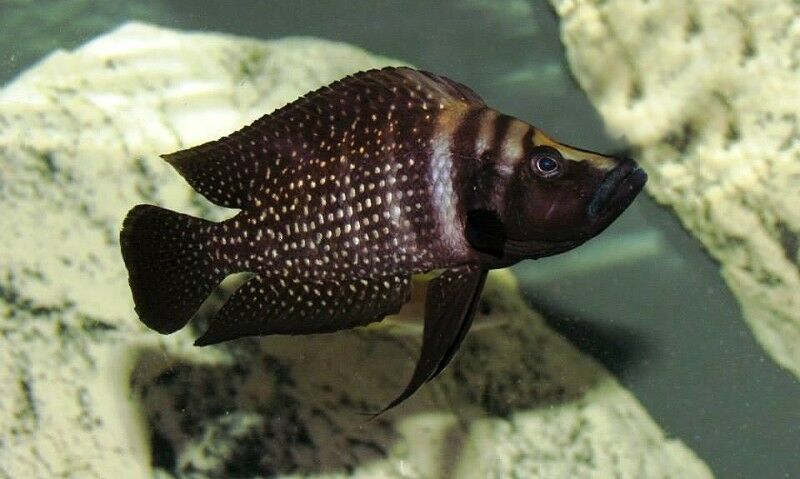
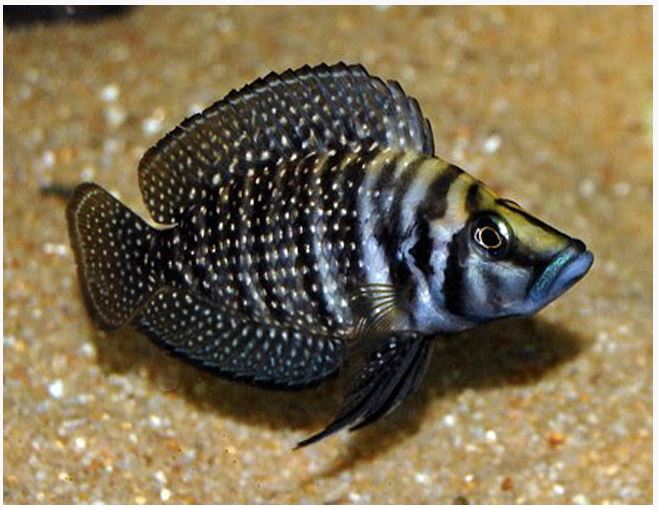
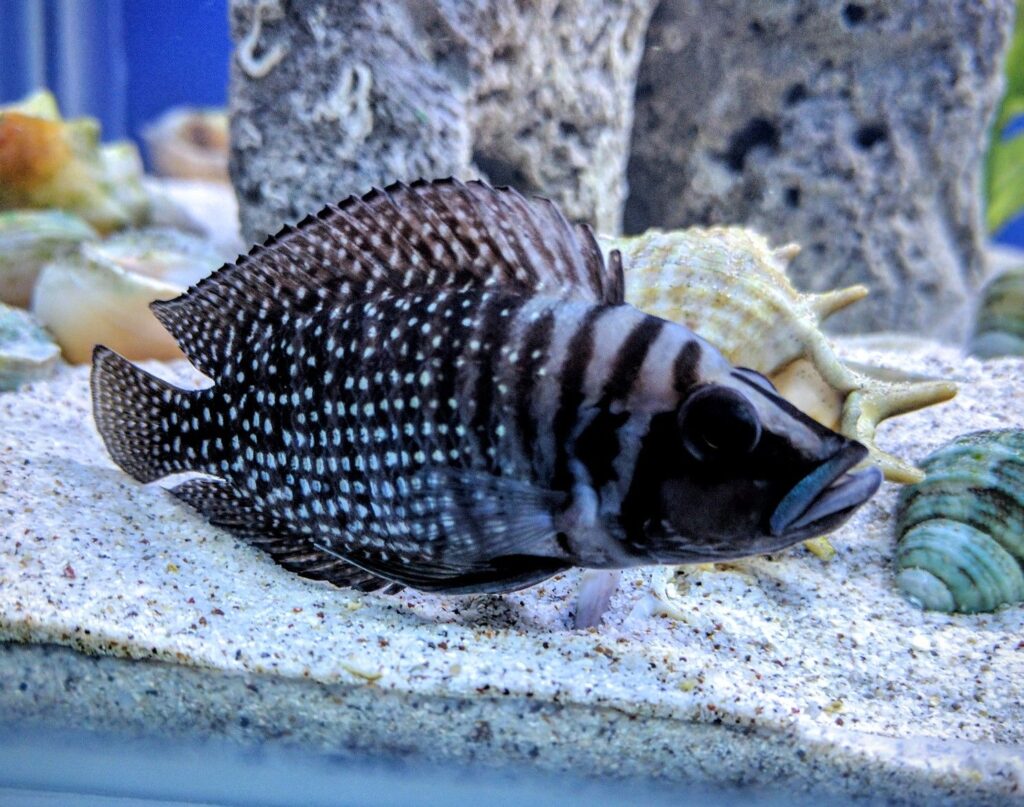
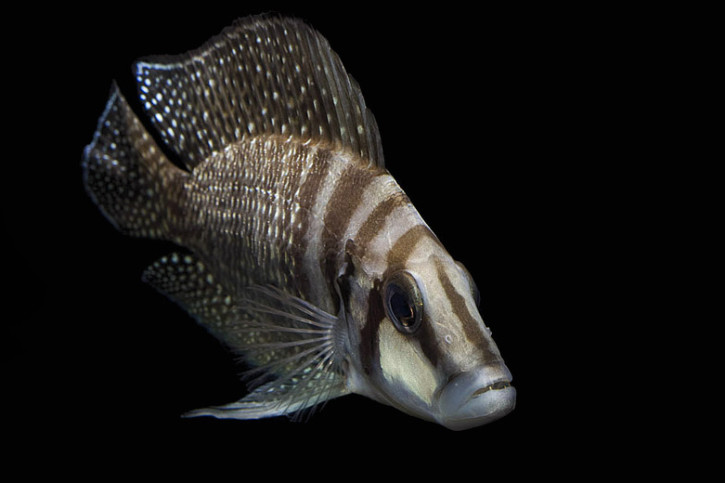
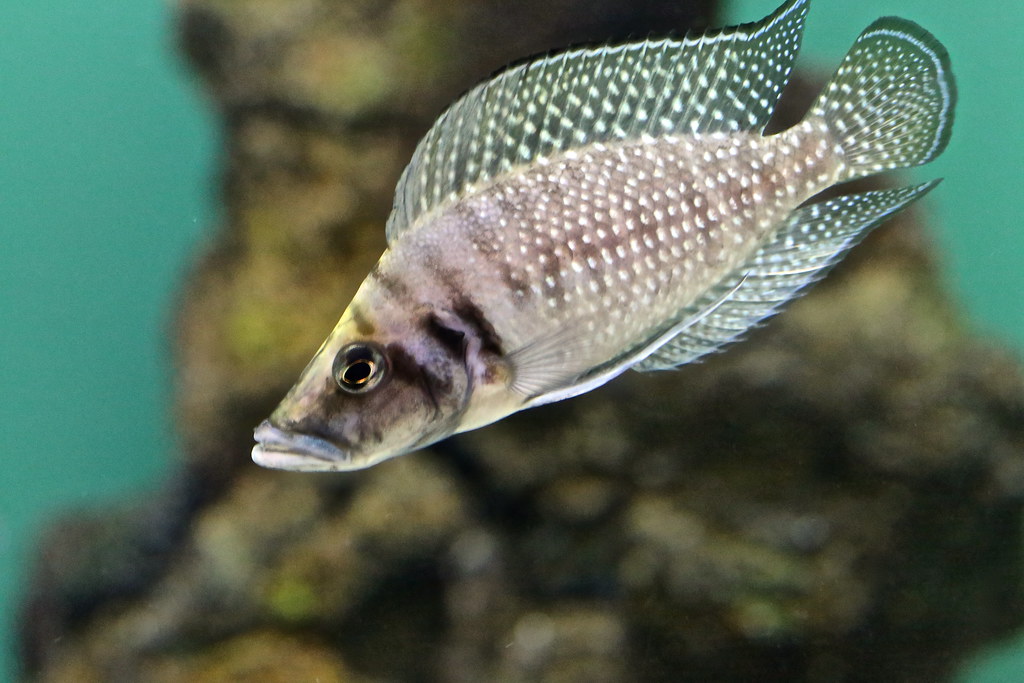
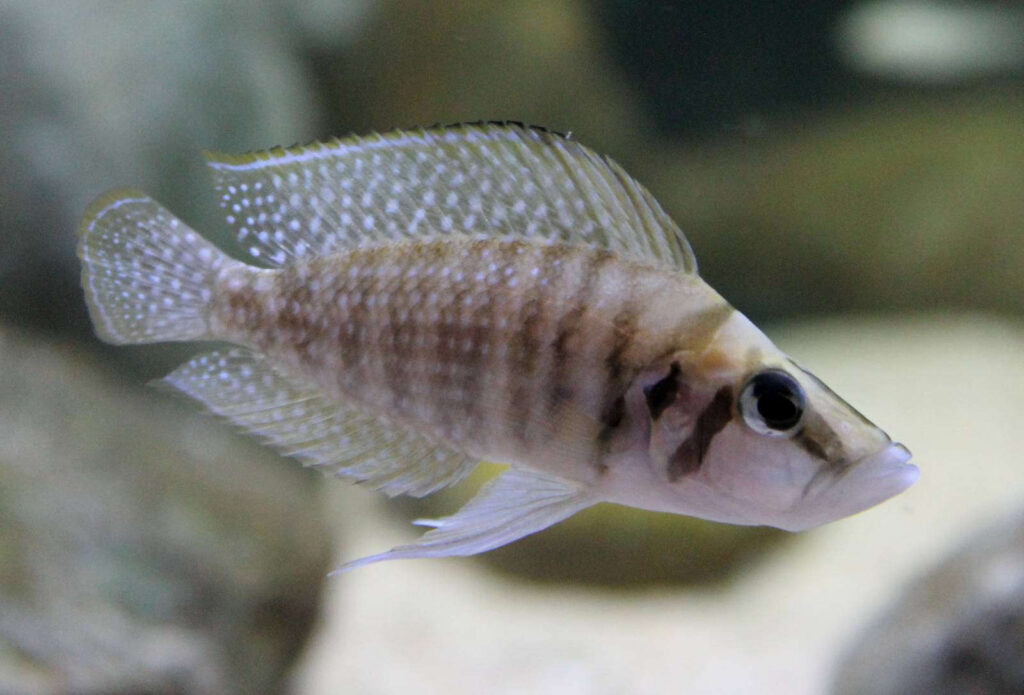
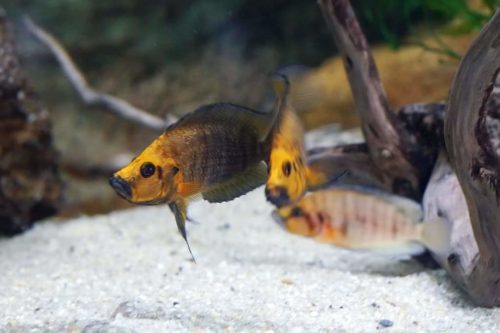
![]()
